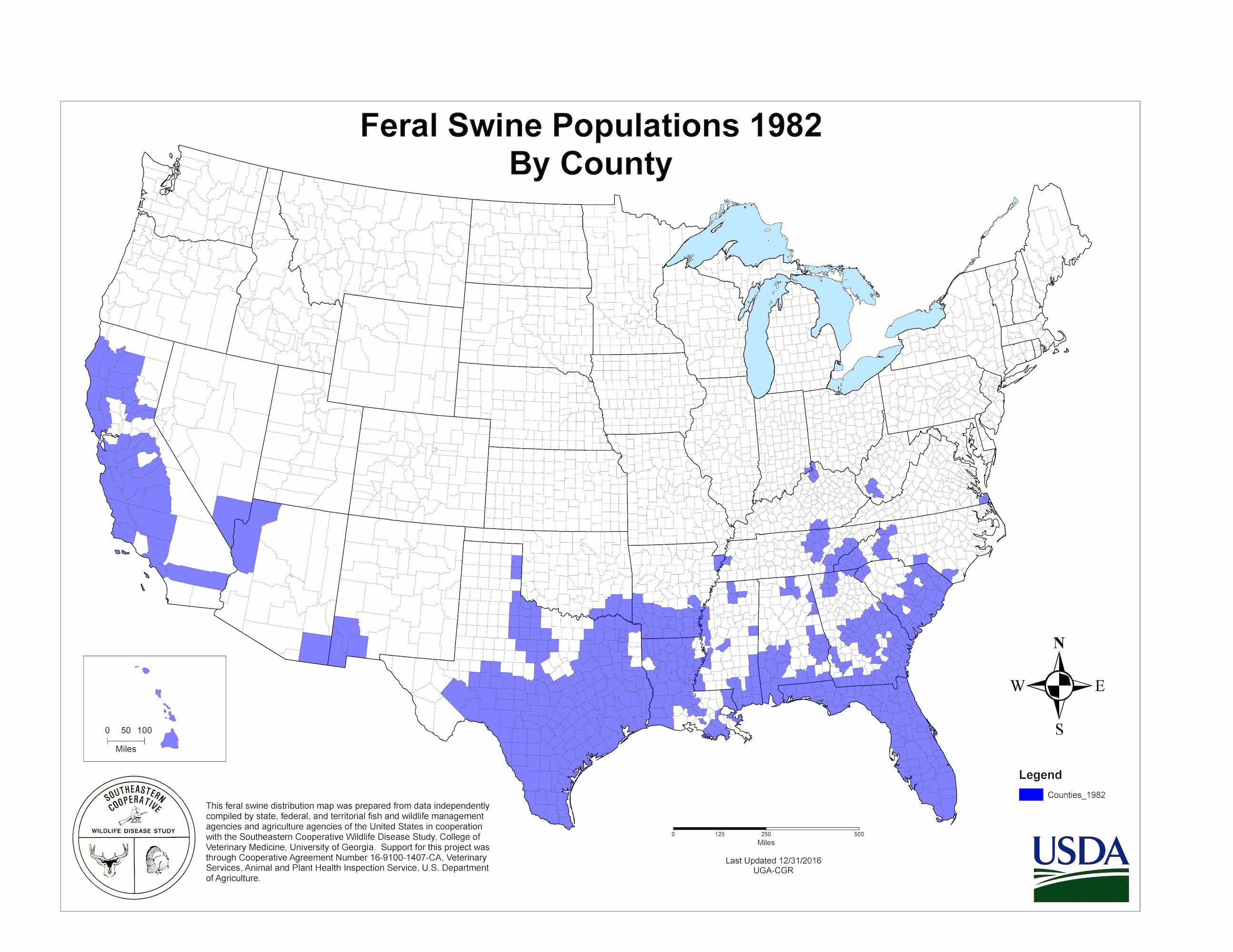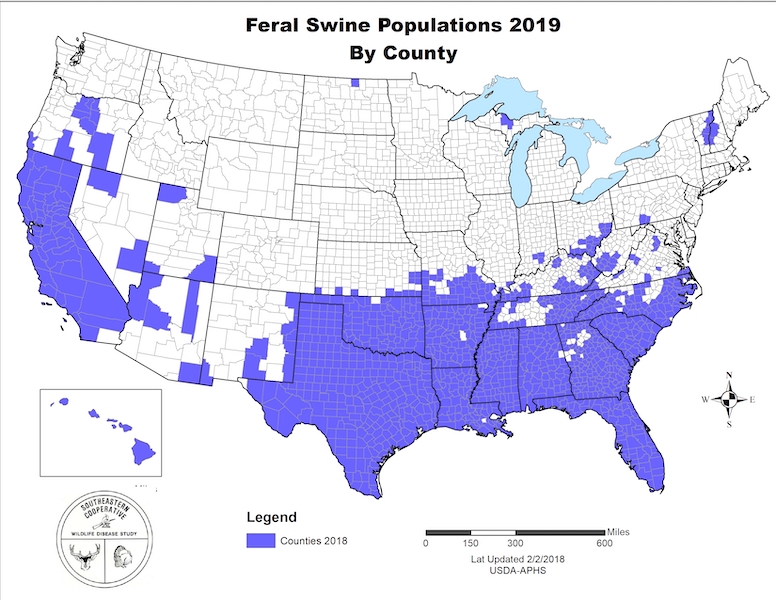Much of the FBI’s Treatment of Mike Flynn Was Business as Usual, and That’s the Scandal
Agents regularly attempt to catch suspects in lies to threaten them with prosecution, even when they can’t prove underlying crimes.
Michael Flynn, a retired Army lieutenant general and the former national security adviser to President Donald Trump, is back in the news after his attorneys released documents purporting to show that FBI officials considered trying to get Flynn to lie in order to prosecute him or get him fired. Flynn resigned in February 2017. In December 2017, he pled guilty to charges that he intentionally lied to the FBI about his connections and communications with a Russian ambassador.
The documents, released by Flynn’s attorneys on Wednesday, show handwritten notes that discuss strategies for interviewing Flynn. One note asks “What is our goal? Truth/admission or to get him to lie so we can prosecute him or get him fired?” Fox News reports that the notes were written by Bill Priestap, the former head of FBI counterintelligence.
Fox highlights that question in its reporting but also contextualizes it: This document appears to show the author (again, Fox reports it is Priestap, but that has not been confirmed by the FBI or the Justice Department) questioning the tactic and suggesting that the FBI show Flynn the evidence against him rather than trick him into a lie. The author of the FBI document worries that “if we’re seen as playing games, [White House] will be furious.” At the end of the list, the author wrote, “protect our institution by not playing games.”
Much of that context is lost in an online uproar over a supposed “perjury trap” meant to bring down Trump by first bringing down Flynn. Whether or not there were individuals or factions within the agency that wanted to attack Trump, what the FBI did to Flynn is normal FBI behavior for interviewing suspects. They’ve been doing it for decades. (Remember Martha Stewart?)
This is not a defense of the FBI. What the agency did to Flynn was wrong, not because he worked for Trump, but because it is wrong to induce an otherwise not-guilty person to break the law. And it’s something FBI interviewers do regularly so that they can use their dishonesty as leverage when there’s little evidence of actual criminal behavior. Ken “Popehat” White, Reason contributing editor and a former federal prosecutor who is now a defense attorney, has written extensively about the FBI’s tactic of luring suspects into lies. After Flynn pled guilty, White used his plea deal to explain precisely why no one should sit down for an interview with FBI agents without extensive preparation.
On Wednesday, White tweeted out a useful thread explaining precisely how the FBI gets away with this and how federal laws could be reformed to eradicate the practice. Federal statute 18 USC 1001 makes it a crime to lie to the feds on a “material” matter, even if the FBI already knows the truth, aren’t misled, and the lie doesn’t affect the investigation. This incentivizes the FBI to play these games in the first place, to try to trick suspects into a lie that could be used against them. White argues that if people truly care about these tactics, they should lobby Congress to change the federal statute that makes the practice legal.
Trump appears ready to do his part in getting rid of the practice:
What happened to General Michael Flynn, a war hero, should never be allowed to happen to a citizen of the United States again!
— Donald J. Trump (@realDonaldTrump) April 30, 2020
Framing what happened to Flynn primarily as a “deep state” conspiracy to take down Trump obscures the reality that this is a routine and completely legal FBI practice that will continue unless there are serious statutory reforms.


